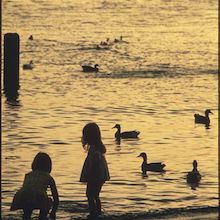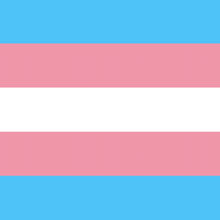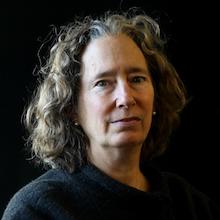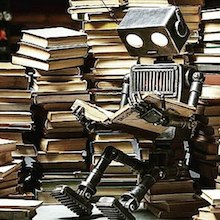
by Chris Tachibana | Apr 2, 2020 | ScienceWire
Neon is usually such a quiet element. Don’t be fooled, Rachel Berkowitz explains in Physics Today (subscription required). The nobel gas has a wild side. It may drive stellar explosions that lead stars to become supernovas, avoiding the usual gravitational collapse...

by Chris Tachibana | Apr 2, 2020 | ScienceWire
For the Scientific American “Science Talk” podcast, Wayt Gibbs is giving weekly reports on COVID-19, from Kirkland, Washington, the original U.S. epicenter of the disease. In each episode, Wayt (@WaytGibbs) talks to experts to learn what we know about...

by Chris Tachibana | Mar 2, 2020 | ScienceWire
For researchers studying transgender communities, we’ve got a guide for you, writes Catherine Arnold for Continuum from the University of Minnesota (@umnlib). Catherine describes how resourceful university librarians, seeing a need for reliable scholarly...

by Chris Tachibana | Mar 2, 2020 | ScienceWire
Lynda Mapes earned a 2019 AAAS Kavli Science Journalism Award that was officially presented in February at the annual AAAS meeting in Seattle. The Gold Award for a large newspaper with circulation of 150,000 or more was given to Lynda (@LyndaVMapes) and colleagues...

by Chris Tachibana | Mar 2, 2020 | ScienceWire
At the University of Oregon, volcanology started 50 years ago, Jim Barlow writes. And what is now the Oregon Center for Volcanology was originally led by a Nicaraguan coffee farmer turned researcher. Jim’s story on the University of Oregon website is rich with...

by Chris Tachibana | Mar 2, 2020 | ScienceWire
Each day, John Roach writes in Microsoft’s AI blog, the biomedical literature adds about 4000 new studies. Many papers have information on genomics, treatments, and responses to therapy that would be useful to oncologists and cancer researchers—if they could find...







